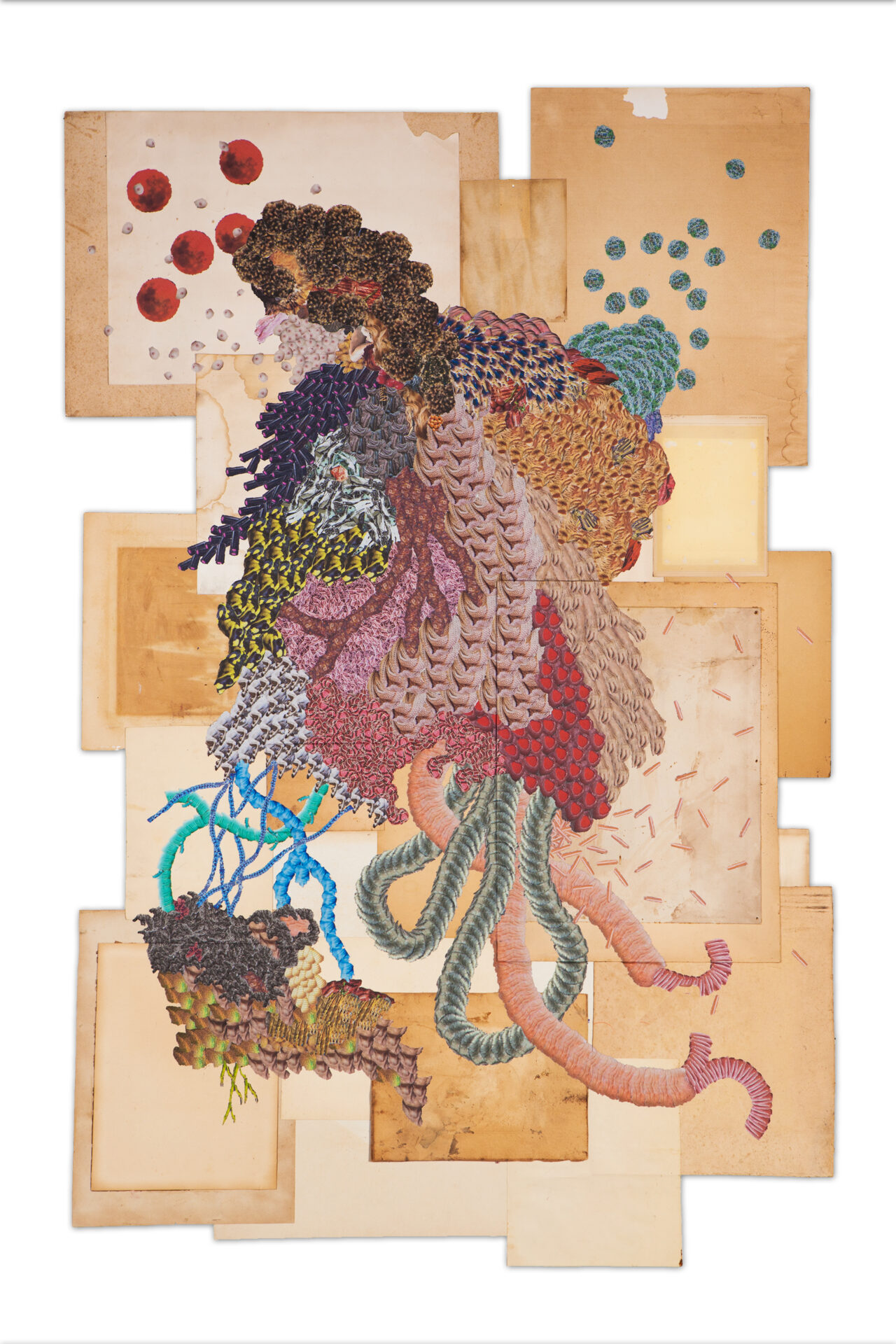Ernst Miesgang.
*13.09.1980
Linz (Austria)
STUDIES OF ART AND PHOTOGRAPHY with Univ.-Prof. Dr. Martin Guttmann at the Academy of Fine Arts Vienna
(Austria), passed with distinction
STUDIES OF COMMUNICATION SCIENCE at the University Salzburg (Austria)
ART GRANTS/RESIDENCIES
ON THE ROAD AGAIN | 2022, project grant, Öst. Bundesministerium für europäische und internationale Angelegenheiten, Ljubljana (coming up)
STATEMENT#10 | 2020, Kunstraum Lakeside, Klagenfurt
THE ARTISTS ARE PRESENT | 2020, Brunnenpassage, Vienna ARTSTART STUDIO STIPENDIUM | 2019, Academy of Fine
Arts Vienna
AWARDS
2nd prize COLLAGE COMPETITION WILLI MÜNZENBERG FORUM BERLIN 2020
Paper collage from the series CRITTERS
Paper collage made of brochures and free print media / 2018
Much of my work can be read as a satire on scientific models and concepts with which I criticize the excessive belief in modern progress of our time. When developing technology, too much focus is placed on the interests of a few corporations and lobbyists. Instead, we should use the findings from science and technology to create sustainable and future-oriented systems. However, it can be assumed that this path will also end in a dead end, because even green technologies will not be able to sustainably satisfy the enormous hunger for energy and the need for mobility in our modern world. Without a radical social paradigm shift, the problems of our time – the advancing social inequality, the climate crisis or currently the global health crisis – cannot be solved. Therefore, we as a society need to rethink our value system. Speed, volume and growth must not be the focus of interest. My works, some of which I have worked meticulously on for months, are a plea for slowness, contemplation and reflection, which I often miss in the hectic art world. The starting material for my large-format paper collages from the CRITTERS series are advertising brochures and free print media that flood cities like Vienna every day. I tear pictures from these brochures and arrange the various elements so that independent compositions emerge. They are reminiscent of historical display boards or microscopic images of organic units such as insects and worms or bacteria and viruses. As a „canvas“ I use yellowed and dirty, sometimes moldy backs of flea market pictures. I collect these cardboard boxes and glue them into distinctive shapes. The largest collages are over three meters high and consist of thousands of scraps of paper.
